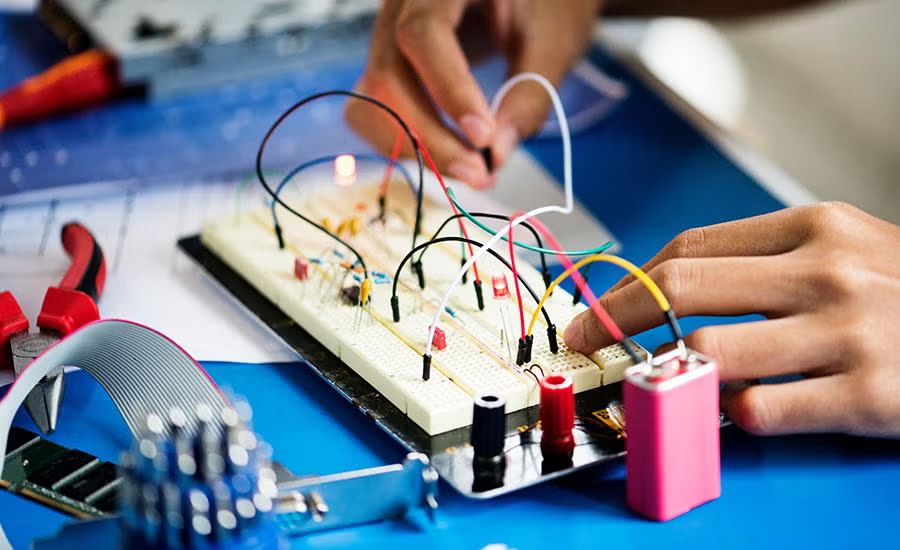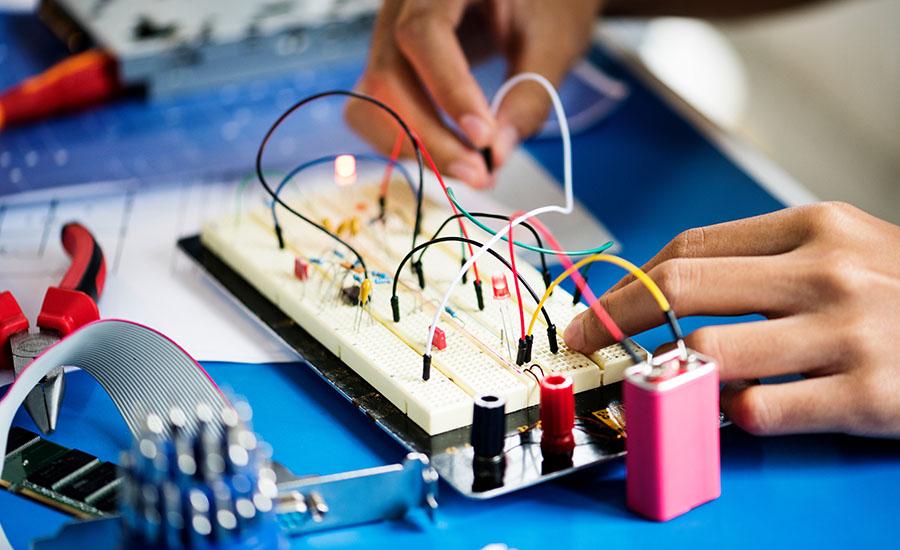
Ohm's Law
This lesson allows students to investigate the relationships between current, voltage, and resistance using an Arduino board and electronic components, and through the PhET simulation: Circuit Construction Kit: DC.
Lesson Plan Link/URL
https://docs.google.com/presentation/d/1SVjMwfI_m0nh6-LKzrbX0xBUddAPb5ZF/edit?u…Subject Area
Science Physical Science P4: Energy Transfer Technology 5. Computational Thinker Engineering S3: Apply Mathematics to Engineering S4: Apply Science to Engineering Mathematics Measurement and Data (MD)Related Content

In this lesson, students use their knowledge of electric power to design a model circuit that expends less electrical power. They do this by using the PhET Circuit Construction Kit: DC and they may

This lesson allows students to describe the amount of current and voltage, and apply their knowledge of Ohm's Law in a series circuits. They do this by using the PhET Constructing Circuits Kit: DC and

In this lesson, students apply their knowledge of Ohm's Law and describe the amount of current that flows through and the amount of voltage across a parallel circuit. They do these by exploring the

